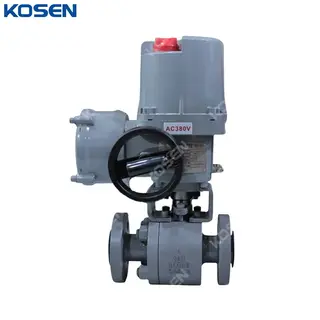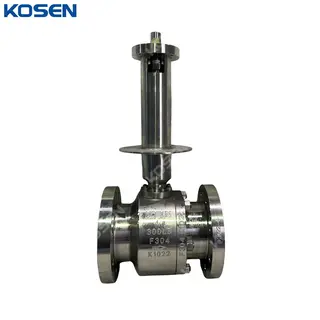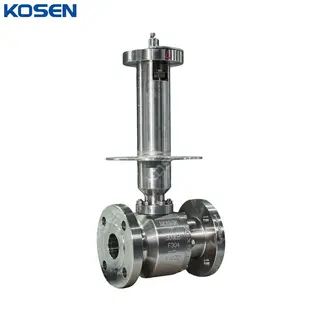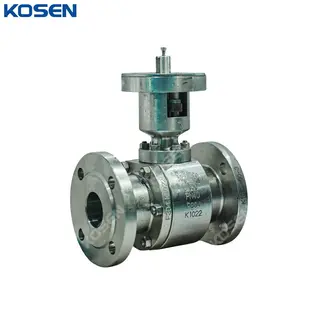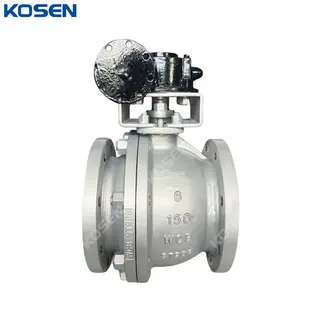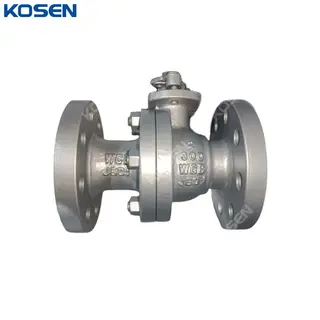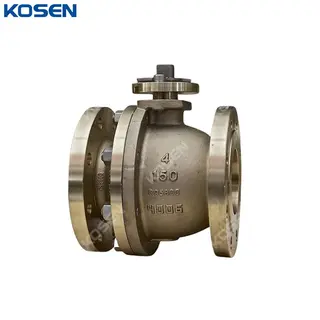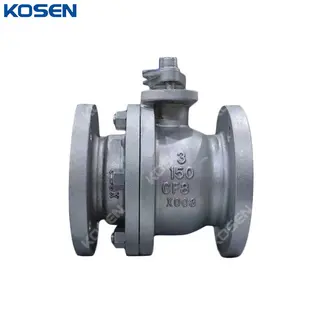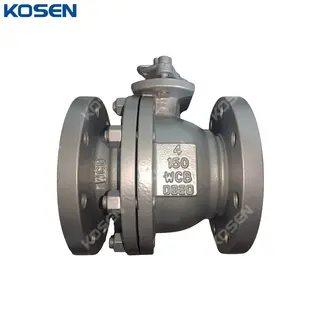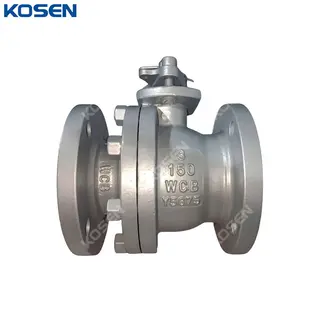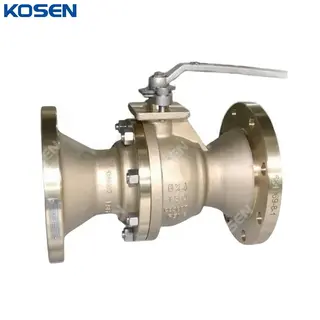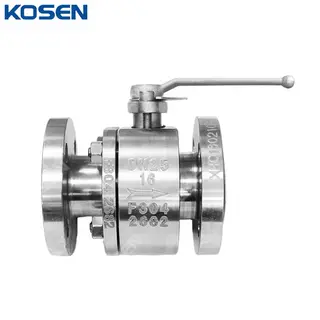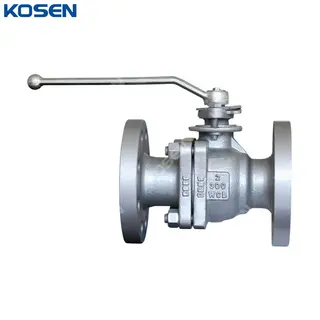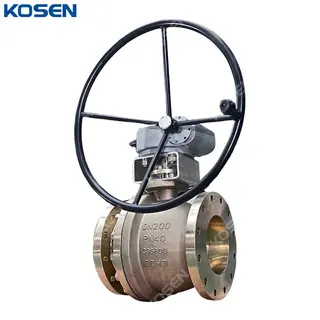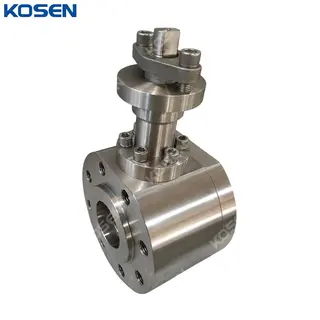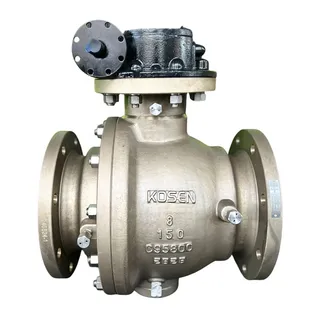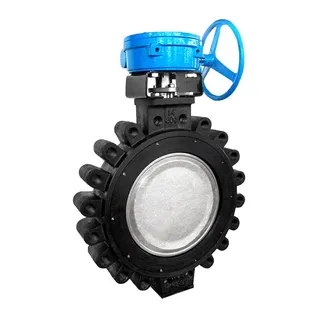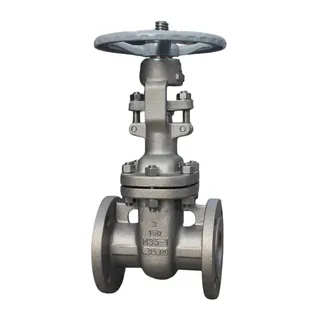The principles and features of floating ball valves are closely related and determine their performance across various industrial applications.
The core design of the floating ball valve revolves around the ball's floating mechanism. Under the pressure of the medium, the ball can move slightly and press against the sealing surface at the outlet, ensuring a reliable seal. When the valve stem is rotated clockwise, the hole in the ball aligns with the inlet and outlet, opening the valve and allowing the fluid to pass. Conversely, when the stem is rotated counterclockwise, the ball rotates 90 degrees to obstruct the flow, closing the valve and cutting off the medium.
2. Main Features of Floating Ball Valves
Compact and Lightweight: Floating ball valves have a compact design, occupying minimal space, which makes installation and operation easy.
Simple Structure with Good Sealing: The ball's free-floating feature ensures a reliable seal. Even under pressure, the ball adjusts its position to maintain contact with the sealing surface.
Ease of Operation: The ball rotates around the valve stem by 0 to 90 degrees to open or close the valve quickly and easily.
Low Flow Resistance and High Flow Capacity: The diameter of the ball's passage is aligned with the pipeline diameter, reducing fluid resistance and improving flow capacity.
Safety Design: The valve stem is designed to be mounted from the bottom, preventing the stem from being ejected due to rising pressure, thus enhancing safety.
Limited Load Capacity: Since the ball transfers the media load to the sealing ring at the outlet, the material of the sealing ring must be able to withstand the operational load to ensure longevity.
Floating ball valves are composed of several key components, each playing an important role in their efficient operation. These parts include:
Valve Body: The valve body is the primary housing for the valve, with a chamber to install the valve mechanism. It provides support and protection. Materials like iron, steel, brass, bronze, and PVC are used to meet various operating conditions and media requirements.
Ball: The ball is the core component of the floating ball valve. It is spherical and rotates around the central axis of the flow path. The ball is connected to the valve stem and controls the flow of media through the hole in its center.
Port or Hole: The ball has a through hole or port that aligns with the pipeline for fluid passage. The valve's open or closed status is determined by the position of this hole as the ball rotates.
Packing: The packing surrounds the valve stem and acts as a flexible sealing element to prevent leakage from the valve body. It is typically made of wear-resistant, corrosion-resistant materials to ensure reliable sealing performance.
Seat: The seat is a disc-shaped component located between the valve body and the ball. It directly contacts the ball, creating the seal. Seat materials can be metallic or non-metallic, depending on the required sealing performance and wear resistance.
Valve Stem: The valve stem connects the ball to the external actuator and transmits the operating force. It is generally made from corrosion-resistant materials that can withstand high pressure and mechanical loads.
Actuator: The actuator drives the rotation of the valve stem. Depending on the application, actuators can be manual levers, gear mechanisms, electric actuators, or pneumatic/hydraulic actuators, enabling precise operation and automation of the valve.
1. 2PC Casting Body of Floating Ball Valve
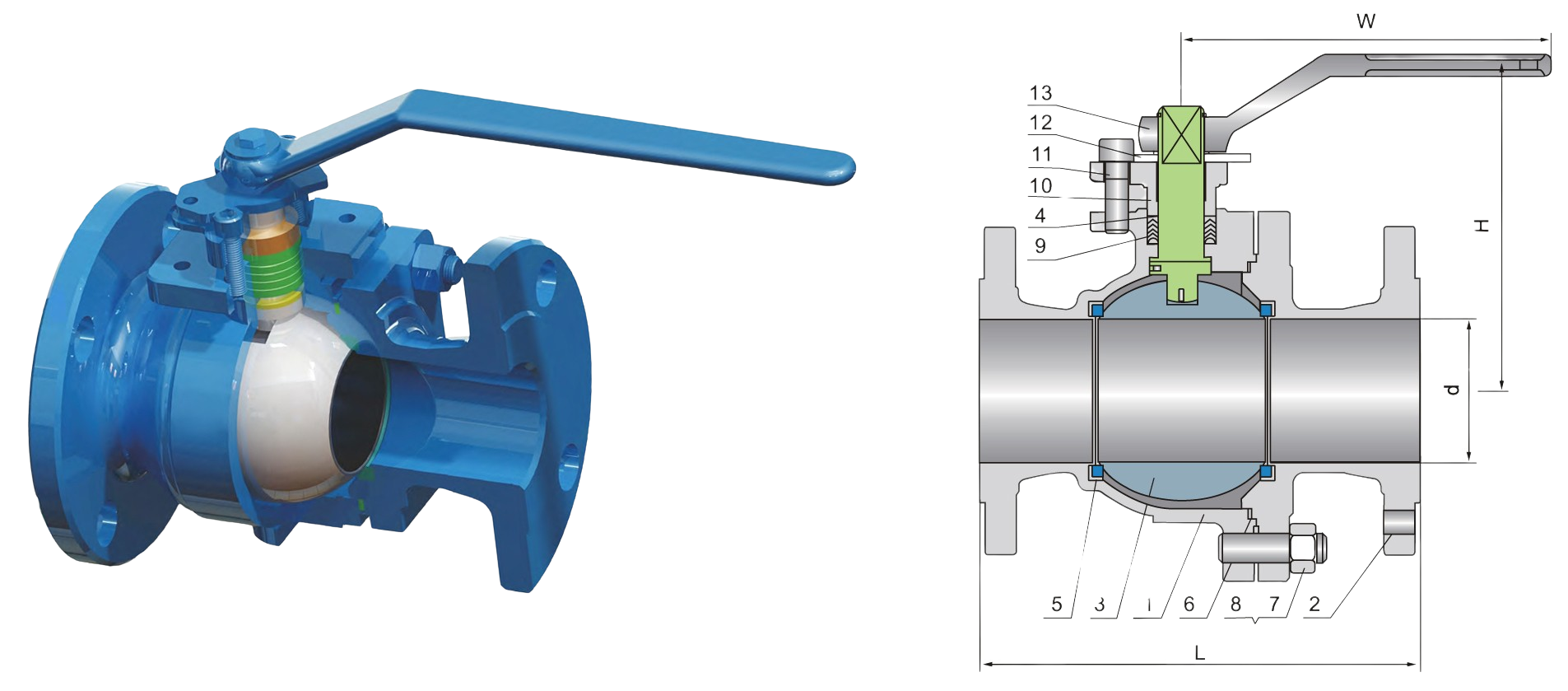
2. 2PC Forged Body of Floating Ball Valve
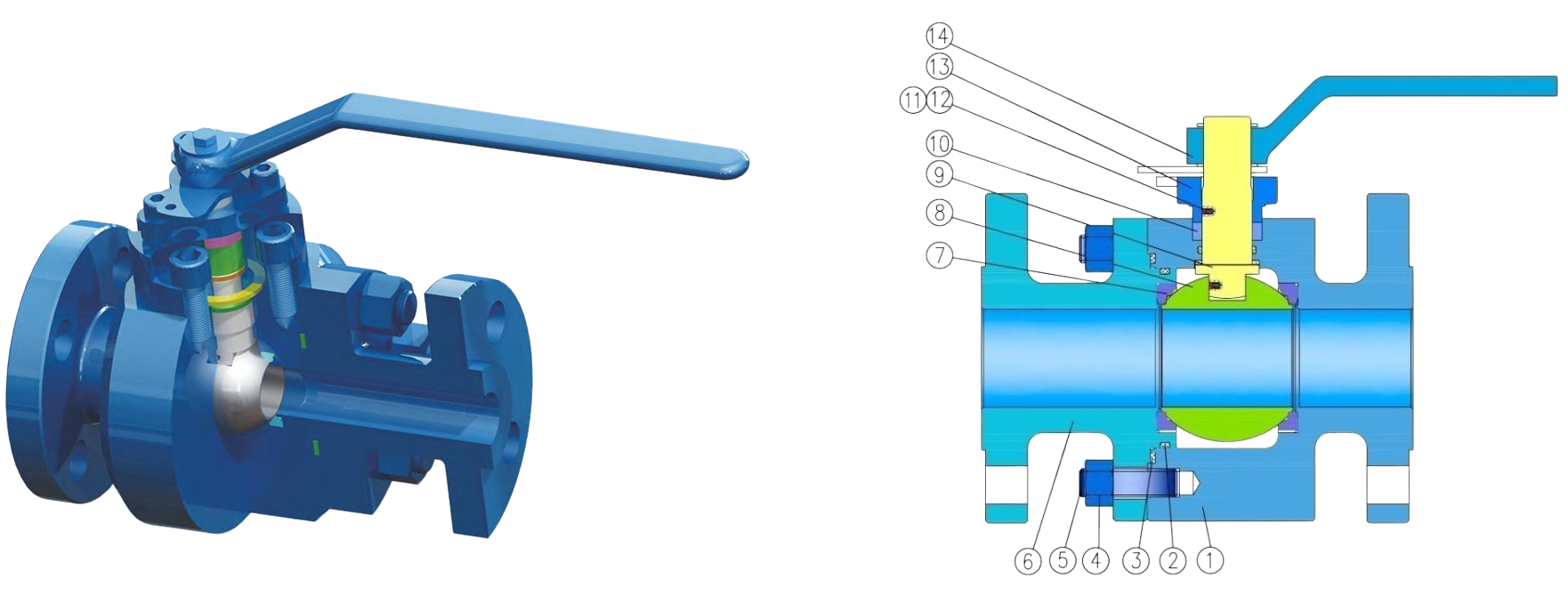
The sealing of a floating ball valve relies on the floating characteristic of the ball and the pressure exerted by the medium to ensure effective sealing.
The floating ball valve's sealing element is the ball, which has a passage aligned with the pipeline diameter.
Open State: When the ball's passage aligns with the pipeline, fluid can flow freely, and the valve is open.
Closed State: When the ball rotates 90 degrees and its hole is perpendicular to the pipeline, the valve closes, and fluid flow is blocked.
When the valve is closed, the pressure from the medium at the inlet pushes the ball toward the sealing surface at the outlet. The contact surface between the ball and the seat forms a sealing ring. The effectiveness of the seal is determined by:
Contact Stress: The medium pressure pushes the ball against the seat, creating a contact area on the tapered surface of the seat. The force per unit area is called the working pressure differential.
Self-Sealing Principle: When the working pressure differential is greater than the required sealing pressure, effective sealing is achieved. This sealing is automatic and relies on the medium pressure, known as media self-sealing.
Traditional valves, such as globe, gate, butterfly, and plug valves, rely on external force applied to the seat to achieve sealing, known as forced sealing. However, forced sealing is subject to uncertainty due to variable external forces, which can impact sealing performance and valve lifespan. In contrast, the floating ball valve relies on medium pressure for sealing, providing a stable and controllable force, resulting in improved sealing reliability and a longer valve life.
The floating ball valve's unique structure and design provide several advantages, making it suitable for a wide range of industrial applications. These advantages include:
Flexible Ball Support: The ball is supported by two seats rather than a traditional support shaft, allowing it to rotate freely within the valve body. This design prevents friction and wear that might occur from shaft support, providing efficient fluid control during valve operation.
Reliable Sealing Performance: When closed, the ball is pushed against the sealing seat by the fluid pressure, ensuring reliable sealing. The tight contact between the ball and the seat enhances the sealing effect, reducing the frequency of valve maintenance and replacement.
Ease of Operation: The floating ball valve uses an articulated valve stem design, allowing the ball to rotate smoothly, making the valve easy to open and close. The simple yet efficient operation enables operators to adjust the flow rate quickly and accurately.
Safety Features: The valve includes several safety designs, such as:
Stem Blow-Out Prevention: Prevents the stem from being ejected under high force during operation, ensuring safety.
Anti-Static Design: Prevents static buildup when the ball rotates, ensuring safe operation.
Fire-Safe Design: Special designs to provide additional safety in high-risk environments, preventing potential fire or explosion hazards.
Position Indicators and Locking Devices: Floating ball valves often come with position indicators that allow operators to easily identify the valve's current status. Additionally, locking devices can secure the valve in a specific position to prevent accidental operation or unintended opening, further enhancing safety and stability.
Durability and Low Maintenance Costs: Floating ball valves are made from high-quality sealing structures and durable materials, ensuring excellent performance across various working conditions. The ball's free-floating design minimizes wear and enhances durability, reducing maintenance and replacement costs.
Bidirectional Sealing Capability: Floating ball valves offer bidirectional sealing, which means they can provide effective sealing in both flow directions. This feature increases the valve's flexibility and adaptability to different pipeline layouts and flow directions.
